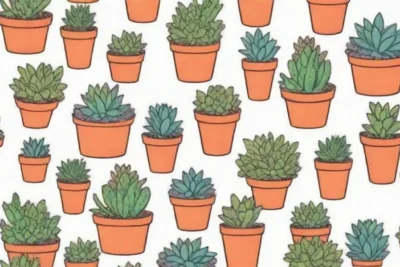
Post-Pandemic Gardening: Succulents as a Trend to Embrace
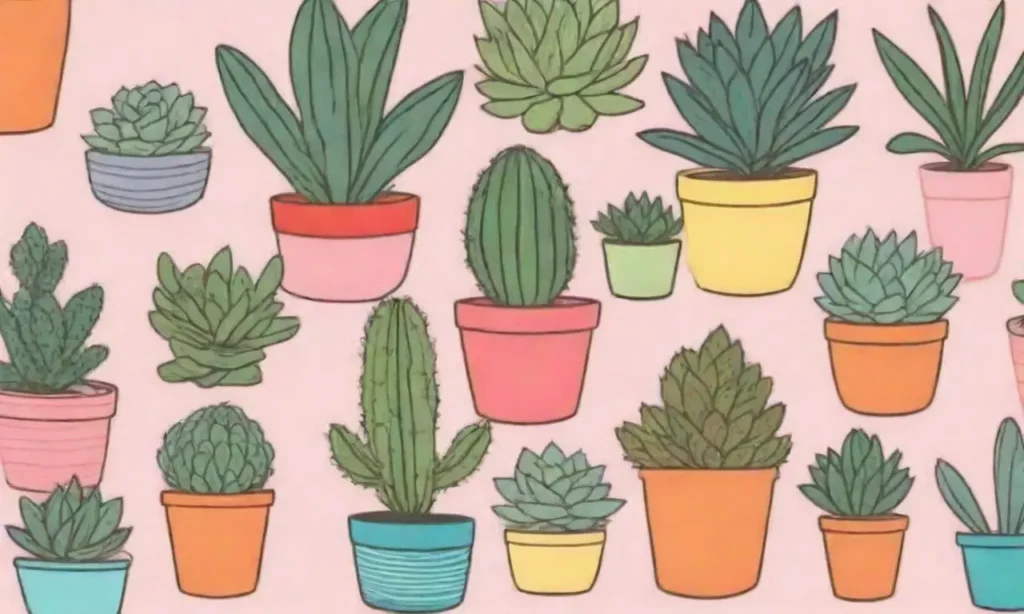
Introduction
The COVID-19 pandemic has reshaped many aspects of our lives, encouraging us to find solace in hobbies and activities that bring us joy and peace. One such activity that has gained immense popularity during this challenging period is gardening. With more people spending time at home, the demand for indoor and outdoor plants skyrocketed, leading to a significant surge in the interest in low-maintenance plants, particularly succulents. These fascinating plants, known for their unique shapes, vibrant colors, and resilience, have become the trending choice for both novice and seasoned gardeners alike.
In this article, we will delve into the reasons behind the rise of succulents post-pandemic, including their aesthetic appeal, low care requirements, and the joy they bring to our living spaces. Furthermore, we will explore various types of succulents, how to incorporate them into your gardening routine, and tips on their care and maintenance. Whether you have a spacious garden or just a small windowsill, you will find valuable insights to nurture your green thumb and integrate these captivating plants into your home.
The Allure of Succulents
The resurgence of succulent gardening can be attributed to their remarkable versatility and ease of care. Succulents are not only attractive but also highly adaptable, thriving in a variety of environments, from bright sunlit spaces to dimly lit corners. Their unique water-storing capabilities allow them to endure periods of drought, making them an ideal choice for busy urban dwellers who may not have the time to engage in regular plant maintenance.
Another appealing aspect of succulents is their diverse variety; there are over 10,000 species of succulents, boasting different shapes, sizes, and colors. This incredible diversity presents numerous opportunities for creativity in gardening, allowing enthusiasts to design stunning arrangements and displays. From the popular Echeveria to the striking Aloe Vera, each succulent offers its own unique character and charm, making them a favorite among plant lovers.
Furthermore, the act of nurturing succulents can be incredibly therapeutic. The process of planting, watering, and watching these resilient plants grow fosters a deeper connection to nature and creates a sense of accomplishment. In a post-pandemic world, where stress and anxiety levels are heightened, engaging in gardening with succulents is an effective way to cultivate mindfulness and improve mental well-being.
Why Succulents are Perfect for Small Spaces
Adaptability to Various Environments
One of the most appealing characteristics of succulents is their adaptability to small living spaces, making them perfect for those residing in urban settings or apartments. Many succulents can thrive in compact conditions where space is limited. Their compact size means they can easily fit on shelves, window sills, or tables, making it possible for anyone to embrace gardening—even if they don't have access to a traditional garden.
Moreover, succulents often require less sunlight compared to other houseplants, as they can tolerate bright indirect light. This characteristic enables those with poorly lit rooms to still enjoy the beauty of greenery. You can create a charming mini-garden within your home by selecting a variety of succulents that can thrive under these lighting conditions. These tiny ecosystems can bring color and life into even the smallest of apartments.
 Aesthetic Trends: Succulent Arranging Styles for 2024
Aesthetic Trends: Succulent Arranging Styles for 2024Aesthetic Versatility
The aesthetic versatility of succulents also contributes to their popularity in small spaces. They can be displayed in numerous ways, from potted arrangements to terrariums and even hanging planters. Terrariums allow you to create beautiful, self-contained ecosystems that are visually striking and easy to care for. This creative form of gardening can serve as a focal point in any room, adding a unique touch to your home decor.
Additionally, succulents have gained attention for their potential to complement existing interior design styles. Whether your home features a bohemian, minimalist, or modern decor, there’s a succulent variety that can enhance the overall aesthetic. Their diverse color palette ranges from deep greens to vibrant pinks and purples, allowing gardeners to curate arrangements that resonate with their personal style.
Low Maintenance Requirements
Unlike many traditional houseplants that require frequent watering and specific care routines, succulents offer a low-maintenance alternative. Their natural resilience means they can go longer periods without water, making them a fantastic option for those who may forget to water regularly due to busy schedules. For many individuals, this accessibility has encouraged a shift towards gardening as a hobby, especially during times of isolation and uncertainty.
The soil used for succulents is also designed to provide optimal drainage, allowing excess water to flow freely, which helps to prevent root rot. Additionally, most succulents grow slowly, which means they often require less frequent repotting compared to other plants. This aspect of succulent gardening can alleviate concerns about upkeep and maintenance, providing a more enjoyable and low-stress gardening experience.
How to Get Started with Succulent Gardening
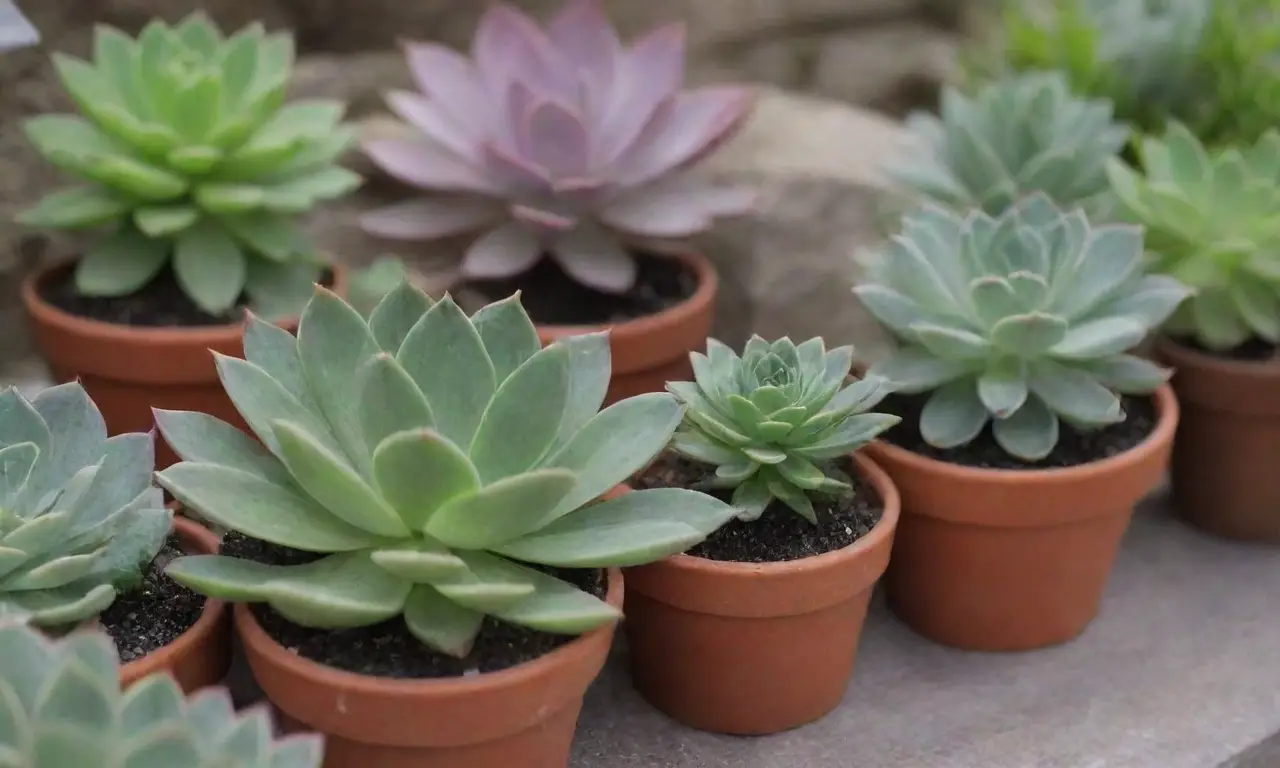
Choosing the Right Succulents
To embark on your succulent gardening journey, the first step is selecting the right plants. It’s essential to research and identify easy-to-care-for varieties, especially if you are a beginner. Some popular choices for novice succulent gardeners include Jade Plant (Crassula ovata), Hens and Chicks (Sempervivum), and Sedum. These varieties are known for their hardiness and adaptability, making them perfect companions for those just starting their succulent adventure.
When selecting succulents, it’s also important to consider the environmental conditions they will flourish in. Factors such as light availability, temperature, and humidity will influence your choice. For example, the Aloe Vera thrives with bright, indirect sunlight, whereas some smaller varieties, like Echeveria, can survive with less light.
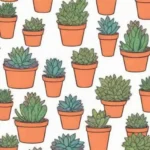 Future Trends in Container Gardening with Succulents Ahead
Future Trends in Container Gardening with Succulents AheadIdeal Potting and Soil Conditions
Once you’ve chosen the right succulents, the next step is to provide suitable potting and soil conditions. Succulents generally prefer well-draining potting mixes to ensure that excess water does not accumulate around the roots. You can either purchase a specialized cactus and succulent mix or create your own by combining regular potting soil with sand or perlite. This blend will improve drainage and provide the aeration the roots need to thrive.
Choosing the appropriate pots is equally important. Terracotta pots are ideal for growing succulents, as they are porous and promote airflow while facilitating moisture evaporation. This prevents overwatering, which is a common mistake among new succulent gardeners. Ensuring your pots have drainage holes is essential, as it allows any excess water to escape, preventing root rot and promoting healthy growth.
Caring for Your Succulents
Caring for succulents requires a gentle touch and some basic knowledge of their needs. First, water your succulents only when the soil is completely dry; this typically means every two to three weeks, depending on environmental factors. During the growth season (spring and summer), you may need to increase watering frequency slightly, while during the dormancy period (fall and winter), you'll likely water less often.
Additionally, providing your succulents with adequate light is vital for their survival. Succulents generally thrive with several hours of bright light per day. If you're growing them indoors, be sure to place them near windows where they can receive ample sunlight. If you notice your succulents stretching toward the light (a condition known as etiolation), it may indicate they need more exposure or a brighter location.
Lastly, it’s beneficial to fertilize your succulents occasionally, particularly during their growing season. Using a diluted succulent fertilizer every few months can help enhance their growth and overall health. However, be cautious not to over-fertilize, as this can lead to other issues like burnt roots.
Conclusion
In conclusion, the post-pandemic gardening trend has brought succulents to the forefront of many plant enthusiasts' minds. With their aesthetic appeal, adaptability, and low-maintenance care requirements, these captivating plants are an excellent choice for beginner and experienced gardeners alike. As more people look for ways to incorporate nature into their everyday lives, succulents provide a perfect solution, offering beauty and tranquility without demanding a significant time commitment.
The benefits of embracing succulent gardening go beyond aesthetics; they allow individuals to reconnect with nature and nurture their well-being in a fast-paced world. As the gardening trend continues to grow, embracing the unique allure of succulents can lead to a rewarding and fulfilling experience, helping to foster mindfulness and reduce stress.
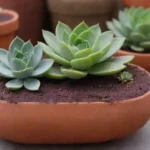 Innovative Potting Techniques: What's Next for Succulent Care?
Innovative Potting Techniques: What's Next for Succulent Care?As you embark on your succulent journey, remember to enjoy the process of nurturing your plants, experimenting with arrangements, and learning about their care requirements. Each succulent tells a story of resilience and beauty; by incorporating them into your life, you're not only enhancing your living space but also enriching your well-being during these uncertain times. Happy gardening!
If you want to read more articles similar to Post-Pandemic Gardening: Succulents as a Trend to Embrace, you can visit the Future trends in succulents category.

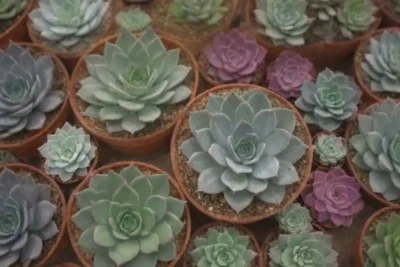
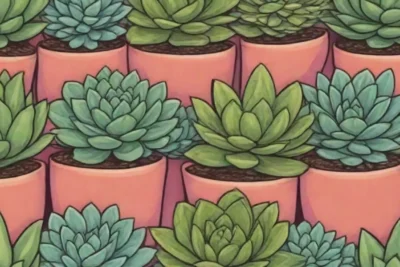
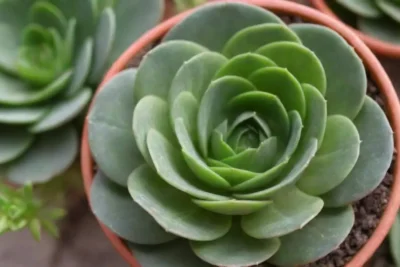
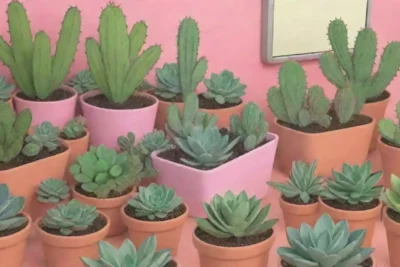

You Must Read